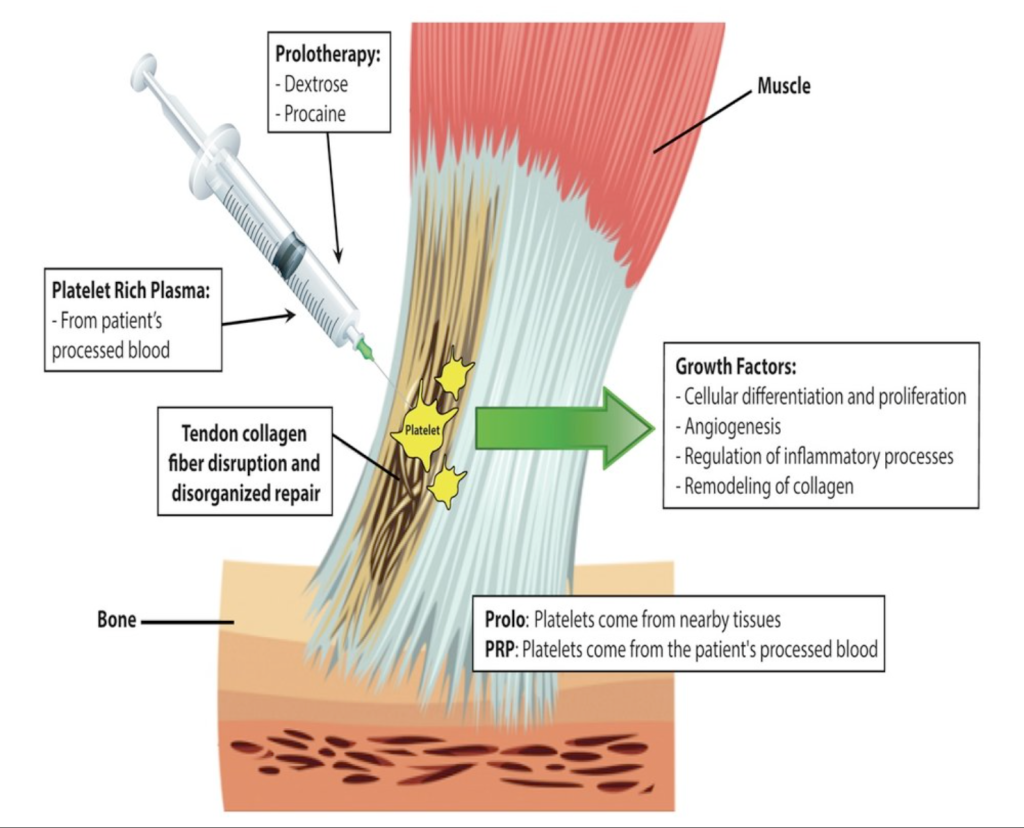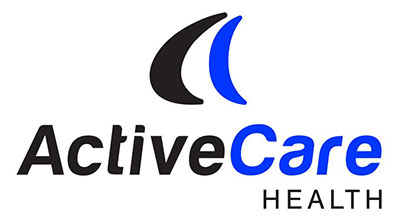
Prolotherapy and Platelet-Rich Plasma (PRP) are two innovative treatments that have gained significant attention in the field of regenerative medicine. Prolotherapy, also known as proliferation therapy, is a non-surgical procedure used to stimulate the body’s natural healing response and promote tissue repair. It involves injecting a solution, typically containing dextrose or other substances, into damaged or weakened connective tissues such as ligaments or tendons. This injection triggers a controlled inflammatory response, leading to increased blood flow, collagen production, and ultimately, tissue regeneration.
On the other hand, Platelet-Rich Plasma (PRP) therapy involves extracting a small amount of a patient’s own blood, processing it to concentrate the platelets, and then injecting the platelet-rich plasma back into the affected area. Platelets contain growth factors that are vital for healing and tissue regeneration. When injected into damaged tissues, PRP stimulates the body’s natural repair mechanisms, accelerating healing processes and promoting tissue regeneration.
Both prolotherapy and PRP offer benefits for a wide range of musculoskeletal conditions, including chronic joint pain, tendon injuries, and osteoarthritis. They are minimally invasive procedures and help with improving pain, function, and quality of life for many patients.
